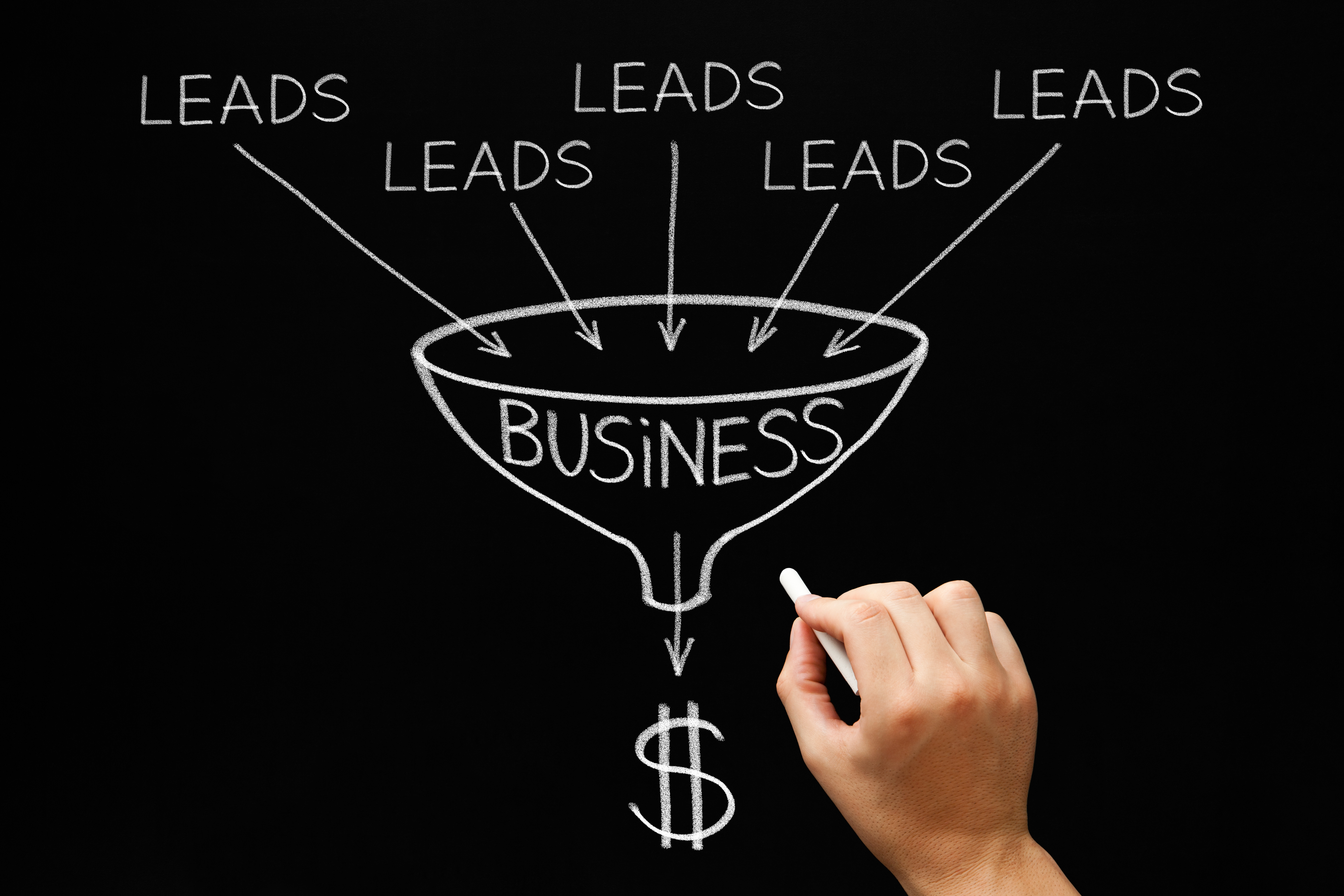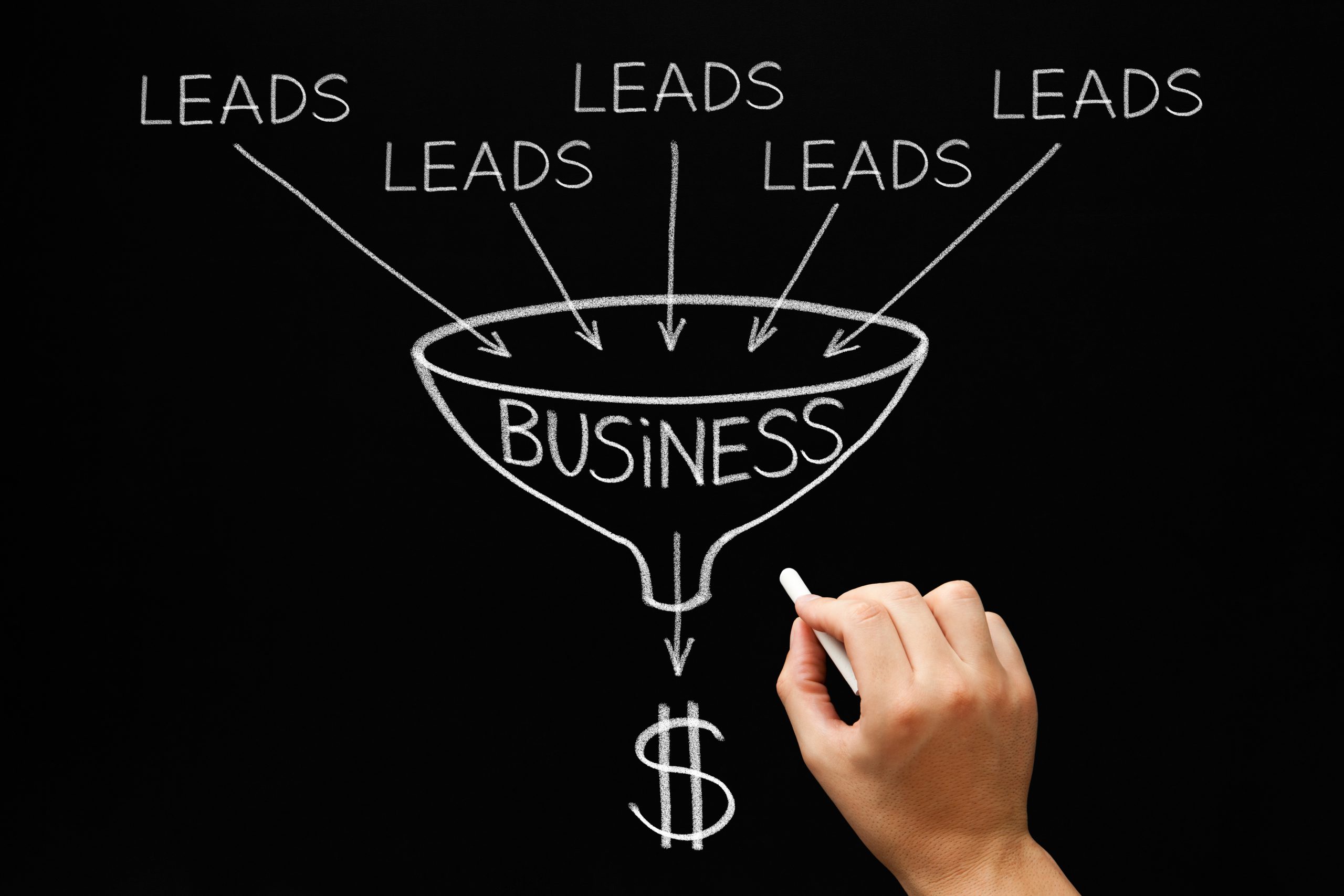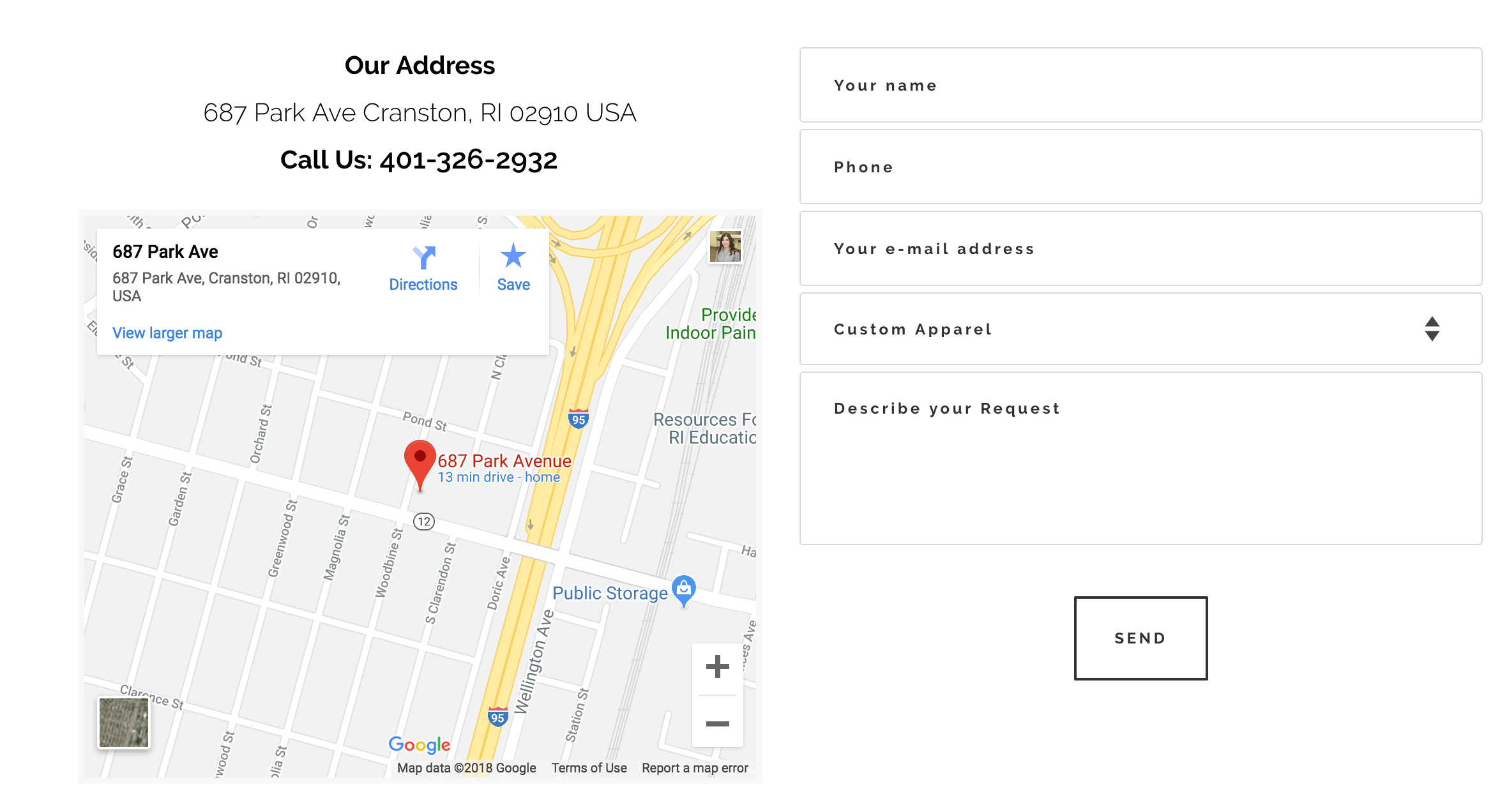Regardless of industry, everything in marketing comes down to leads and lead generation. All marketing activities should be planned around a lead generation strategy. While not all companies are formalized in their approach, understanding this concept can help create marketing plans that offer greater ROI’s and serious results in terms of sales. With so many books and articles out there on the topic, where does one start?
This article is meant to be an introduction to lead generation that we think will be particularly helpful for business owners and managers who are beginning to think more strategically. We’ll go over some helpful terms and discuss some best practice tips to developing a lead generation plan.
First, let’s start with the basics and define leads and lead generation. A lead is any individual who is within your target market who has expressed some level of interest in the service, or product offered by your company. This could be interest in the form of virtually anything, from phone calls, to the passing of a business card at a cocktail party in response to hearing what you do. Think of this as someone who will likely end up a customer after a little attention. Lead generation is the process of reaching these potential individuals and turning them into leads by connecting with them in some way.

Now that we’re on the same page, let’s discuss why it’s important! This is likely pretty clear to you if you’re reading this article. Generating leads means generating more interest in your products which means ultimately boosting sales. While not every lead is guaranteed to end up as a customer, connecting with people from within your target audience is great for building awareness of your business. Just think of it as spending quality time on qualified individuals.
Next is to understand how to go about creating a lead generation strategy. This conversation should definitely not end with this article. While we’re covering a lot of ground from landing pages to lead capture forms, we won’t be able to discuss managing your information and data collection here. This is integral to a good lead gen strategy and we encourage you to keep researching!
To begin crafting your strategy you’ll want to identify some areas that you can immediately improve upon to generate leads. Once we’ve identified this, we’ll create a campaign. A lead generation campaign is essentially just an organized marketing plan containing a series of actions to achieve an overall goal. For the sake of this article, let’s just assume you’d like to use social media as a way to gain more leads. Once you’ve identified this as your main lead generation source, we’ll plan a campaign around it.
So, we know we want to gain more leads via social media. How do we go about it? Well, we’ll want to create a social media plan to ensure that our social media profiles are fully updated and looking good. We’ll also want to make sure we have a pretty decent post frequency so our followers have content to look at and start to see our brand’s unique voice and personality. This is just social media best practice.
From there, we’ll want to create a call to action. This is some sort of link in the form of a line of text or a button that will direct our potential leads somewhere. This call to action should offer the following:
– A clear statement of purpose. Your followers should understand exactly where it will take you and what sort of offer you’re making.
– Be in a very obvious place. It should be front and center on your social media profile. Either it’s your tagged post, or you have it in your profile description or both!
– Find a way to make it stand out. Can you style your post and add in a high resolution and striking image?
Now that you have your call to action post out of the way, where are you directing your potential leads? In this case, we’re going to use a landing page. This is a customized webpage created with your particular target audience in mind that is engaging them about a specific product or service. There should be some kind of offer being made and it should be immediately clear when the page first opens. It should be very straightforward and not overly verbose. There should also be some nice pictures to entice your super-close-to-being-new-leads.
Alright, so you know what you want to put on your landing page, but how does this help you connect with potential customers? Your landing page should have a lead capture form. This is a form that they will be asked to fill out that will get important information such as their name and email address. It should be made clear that by filling out the form, they are going to be contacted by a representative of your company.
Lastly, now that you officially have your leads sending you their information and expressing interest, you’ll want to send them an automated confirmation email and redirect them somewhere else while they’re waiting to be contacted. We recommend using a service like MailChimp to create automated emails tied to a managed email list. Is there a relevant page on your website where they can gain more insight? Do you have a blog? These would be wise places to direct them to. Creating a message that loads upon offering their email address with pages to go to next would also be recommended. We don’t expect you to be coding experts so we encourage you to speak to a website designer if possible to create this feature along with your landing page.
J&R Marketing is a Marketing and Website Design Company in Rhode Island. To discuss lead generation or marketing for your business you can contact us today.







